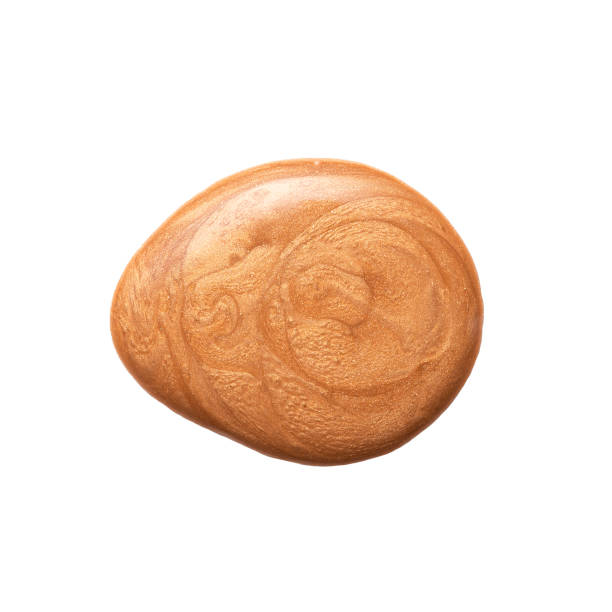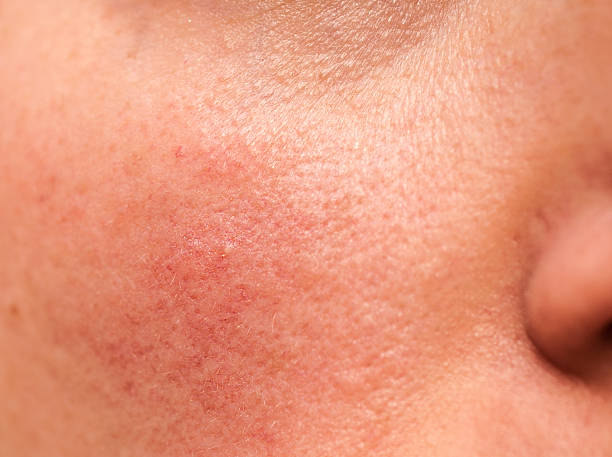Dark under-eye circles can be a telltale sign of exhaustion, stress, and even genetics. Dealing with these unsightly shadows can be frustrating, but with a few key steps, they can be effectively concealed, allowing for a fresher and more vibrant appearance. In this article, we will cover a simple three-step process designed to mask under-eye circles, provide tips on preventing them, and offer advice on when to see a professional. By understanding the correct techniques and products to use, anyone can achieve a bright-eyed look, free from the distraction of under-eye darkness.
Step 1: Identify The Cause And Treat Accordingly
Before diving into concealment, it’s crucial to understand the causes behind dark under-eye circles. Factors like lack of sleep, dehydration, allergies, and genetics can all contribute to the appearance of these shadows. Here’s a plan of action to address the underlying issues:
- Get Enough Sleep: Aim for 7-9 hours of quality sleep each night to help reduce the appearance of dark circles.
- Stay Hydrated: Drink plenty of water throughout the day to keep the skin under the eyes looking plump and less sunken.
- Address Allergies: If allergies are a culprit, try over-the-counter antihistamines or speak with a healthcare provider for more personalized solutions.
- Healthy Diet: Incorporate iron-rich foods and vitamin C into your diet to improve blood flow and collagen production, which can lighten dark circles.
Once you’ve started treating the root cause, the physical concealment of dark circles can begin. Remember, while makeup can cover up the issue, it’s also important to maintain a healthy lifestyle to achieve the best results.
Step 2: Choose The Right Concealer
The key to hiding under-eye circles lies in selecting a concealer that works for your skin type and tone. Here’s what to consider:
- Color Correction: Choose a peach or orange-tinted concealer if you have blue or purple-toned under-eye circles to neutralize the discoloration.
- Shade Match: For the concealer to blend seamlessly, select a shade that is one or two tones lighter than your foundation.
- Formula: Depending on your skin type, decide between liquid, cream, or stick formulation. Liquid concealers are ideal for dry skin, while cream or stick types are more suitable for oily skin.
- Application Tools: Use a small, flat concealer brush for precise application or a damp sponge for a more diffused effect.
With the right color and formula, your concealer will not only cover the dark circles but also improve the overall look of your eye area without appearing cakey or drawing more attention to the problem.
Step 3: Proper Application Methods
To effectively disguise your dark under-eye circles, follow these application tips:
- Prep the Skin: Begin by applying a hydrating eye cream to moisturize the area and create a smooth base for the concealer to stick to.
- Apply the Corrector: Using your brush or fingertip, dab the color-correcting concealer gently onto the dark areas. Less is more – it’s easier to build coverage gradually.
- Blend: Pat the product into the skin with your ring finger or a sponge, blending outward for a natural finish. The warmth of your finger can help melt the product into the skin seamlessly.
- Set with Powder: To ensure the concealer stays put and to prevent creasing, lightly dust a setting or translucent powder over the top with a fluffy brush.
By prepping the skin, correcting the color, blending properly, and setting the concealer, your dark circles should remain well-concealed throughout the day.

Maintenance And Prevention
While concealing dark circles can provide a temporary fix, maintaining a good skincare routine can offer long-term benefits. Here are some preventative tips:
- Wear sunscreen daily to protect the thin under-eye skin from damaging UV rays, which can darken pigmentation.
- Use a retinol cream at night to boost collagen production and help thicken the skin, reducing the visibility of blood vessels.
- Invest in good-quality skincare products that target the under-eye area, including those containing Vitamin C, which can brighten dark pigmentation.
- Consider professional treatments, like laser therapy or fillers, if non-invasive methods are not effective and circles are a constant concern.
Implementing these routines will not only help keep dark circles at bay but also promote healthier skin in the long run.
When To Consult A Professional
While makeup and skincare can mask and improve dark circles, in some instances, seeing a professional is the best course of action. If you’ve noticed a sudden increase in darkness or puffiness that doesn’t resolve with rest, lifestyle changes, or over-the-counter remedies, it may be time to see a dermatologist or plastic surgeon. They can offer solutions such as fillers, chemical peels, or laser treatments that provide more permanent results, tailored to your specific needs.
Conclusion
Dark under-eye circles can be a stubborn issue, but by understanding and addressing their causes, choosing and applying the right concealer, and implementing a consistent prevention strategy, these shadows can be effectively concealed. It’s essential to maintain a holistic approach to skincare and lead a lifestyle conducive to overall wellness. If home remedies and makeup don’t offer the improvement you seek, it’s worth consulting with a professional for personalized treatment options.
FAQs
What causes dark under-eye circles?
Dark under-eye circles can be caused by a variety of factors, including genetics, lack of sleep, aging, dehydration, allergies, and lifestyle habits such as smoking and excessive alcohol consumption.
Can dark under-eye circles be removed permanently?
While some treatments can reduce the appearance of dark circles, the permanency of results varies based on the underlying cause and the individual’s skin. In some cases, lifestyle changes and skincare can yield lasting improvements, while others may opt for professional treatments for longer-lasting solutions.
Is it better to use a brush or fingers to apply concealer?
The choice between using a brush or fingers to apply concealer depends on personal preference and the desired finish. A brush can offer a more precise and even application, while fingers may provide a warmer, more natural finish. Regardless of the tool chosen, proper blending is key.
Should concealer be applied before or after foundation?
It’s generally recommended to apply concealer after foundation to avoid wiping away the concealer while applying the foundation. However, if using a color-correcting concealer, it should be applied before foundation to neutralize dark under-eye circles effectively.
How can I prevent my concealer from creasing?
To prevent concealer from creasing under the eyes, ensure proper skincare prep with a hydrating eye cream, use only a small amount of product, blend well, and set the concealer with a light application of setting powder. Avoid applying too much product, as excess concealer is more prone to settling into fine lines.










